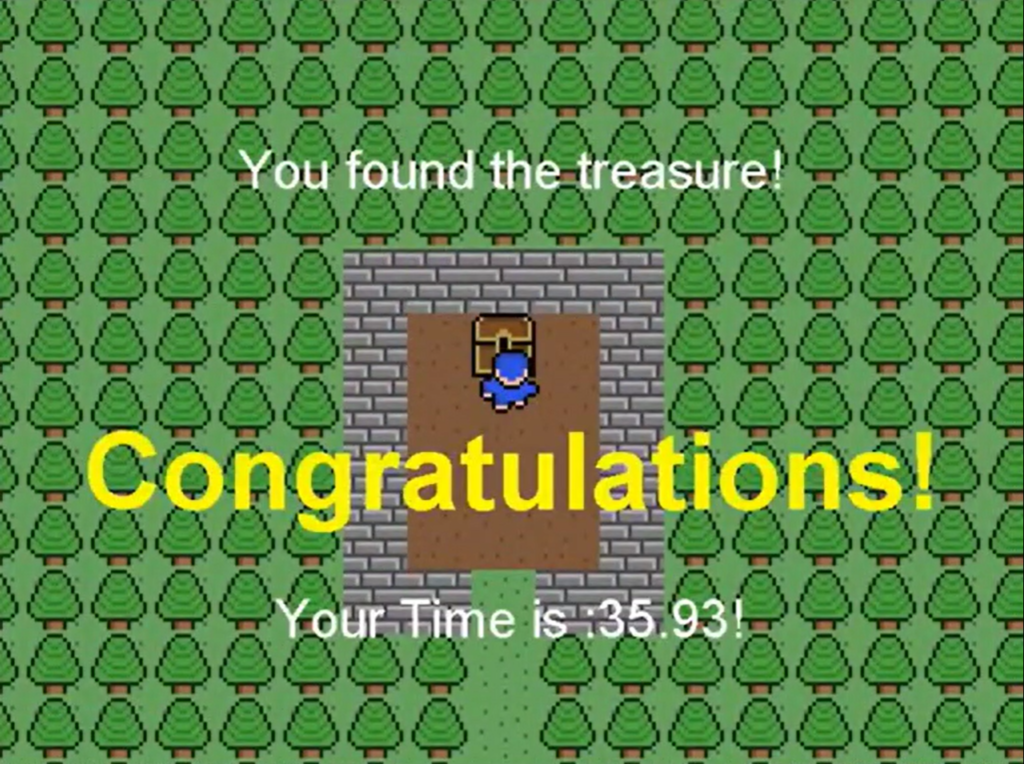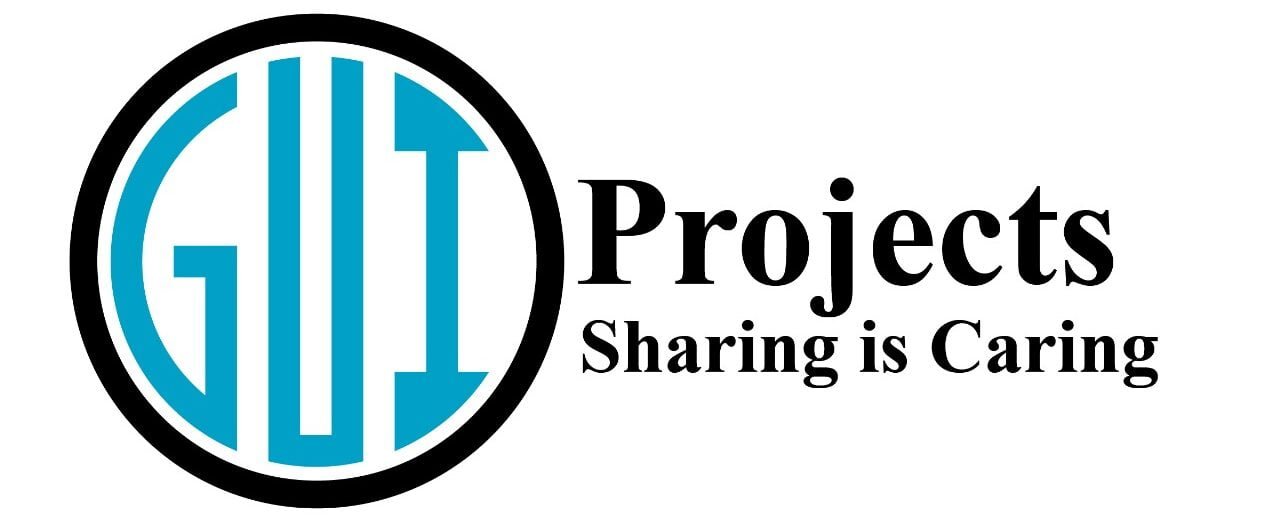Learn how to create a 2D game in Java with servlets. Explore the Tile Manager class and its role in managing tile images, game maps, and integration with other game components for a smooth, interactive gameplay experience.
Game Loop
The game loop is the main loop that updates and renders the game state. It typically consists of the following steps:
- Update player position based on user input.
- Check for collisions with tiles and other objects.
- Update game state (e.g., collect keys, open doors, etc.).
- Render the game map and objects on the screen.
Detailed Steps
This tomcat project in java uses:
- Servlets: For handling backend logic and processing requests/responses.
- JSP: For creating dynamic and styled web pages using HTML, CSS, and Bootstrap.
- Maven: To manage dependencies and build the project.
- Tomcat Server: To host the application.
Features:
- Frontend: A responsive web interface using Bootstrap.
- Backend Logic: Servlets process form submissions and handle logic such as login verification.
- Error Handling: JSPs display feedback for incorrect inputs

Setting Up the tomcat Project in java
To get started, create a Maven-based Java project. The directory structure includes:
src/main/java/: Contains the Java package and classes for the application.src/main/webapp/: Includes the JSP pages and configuration files.WEB-INF/web.xml: Configures servlet mappings and application settings.pom.xml: Defines project dependencies, such as the servlet API.
project-name/
|-- src/main/java/
| |-- your/package/structure
|-- src/main/webapp/
| |-- WEB-INF/
| |-- web.xml
| |-- index.jsp
| |-- rejectPage.jsp
|-- pom.xml
Example pom.xml
<dependencies>
<dependency>
<groupId>javax.servlet</groupId>
<artifactId>javax.servlet-api</artifactId>
<version>4.0.1</version>
<scope>provided</scope>
</dependency>
</dependencies>
Creating Servlet project in java
Servlets handle user requests and process backend logic. For example, you can create a servlet to authenticate users by validating their credentials. The servlet uses HTTP methods like doPost to process form data submitted via the application.
Key methods in servlets include:
doPost: Handles form submissions securely and processes user data.response.sendRedirect: Redirects users based on input validation to appropriate JSP pages (e.g., a success or error page).
Configuring web.xml
The web.xml deployment descriptor maps URLs to servlets and configures how the application processes requests. It links the servlet class to a specific URL pattern, enabling the server to route requests accordingly.
Source Files of 2D game in java with servlets
- Main.java: Likely the main entry point for the game.
- GamePanel.java: Probably responsible for the main game loop and rendering.
- Player.java: Likely defines the player character.
- Entity.java: Likely a base class for game entities.
- Tile.java, TileManager.java: Likely related to the game’s tile-based map system.
- SuperObject.java, OBJ_Key.java, OBJ_chest.java, OBJ_Door.java: Likely define various objects in the game.
- CollisionChecker.java: Likely handles collision detection.
- keyHandler.java: Likely handles keyboard input.
- AssetSetter.java: Likely responsible for setting up game assets.
NOTE
- You can access the code of 2D game in java with servlets from my GitHub repository.
- You can also download the zip file
Ready to elevate your skills? Start with the YouTube tutorial for building a simple 2D game. To integrate servlets and unlock advanced features, download the complete zip file or explore the code on my GitHub repository!
Image Assets
- Various PNG files like
boots.png,boy_down_1.png,tree.png, etc., are likely sprite images used in the game.
Text Files
- map01.txt, world 2.txt: Likely contain map or level data.
Need assets and maps? Grab them directly from google drive!
The TileManager Class Overview
The TileManager class is responsible for managing the tiles in a 2D game. This includes loading the images of different tiles, reading the map data from a file, and rendering the tiles on the screen. Here’s a breakdown of its primary responsibilities:
- Loading Tile Images: Reads and stores images for different types of tiles such as grass, wall, water, etc.
- Reading Map Data: Loads the map layout from a file to determine which tiles to render at specific positions.
- Rendering Tiles: Draws the tiles on the screen based on the player’s position and the map data.
- Collision Detection: Handles collision detection for tiles that should block the player’s movement.
Initializing TileManager
When an instance of the TileManager class is created, the constructor initializes several critical components:
- GamePanel Reference: A reference to the
GamePanelclass, which manages the overall game logic and rendering. - Tile Array: An array to hold different types of tile objects.
- Map Tile Numbers: A 2D array representing the map layout, where each number corresponds to a specific tile type.
The constructor also calls methods to load the tile images and map data, ensuring that everything is set up correctly for the game to start.
Loading Tile Images
The getTileImage method is essential for loading the images of different tiles. Here’s how it works:
- Reading Images: It reads image files for various tile types (e.g., grass, wall, water) using the
ImageIOclass. - Storing Images: The images are stored in the
tilearray. - Collision Property: Some tiles (like walls and water) are marked with a collision property to prevent the player from walking through them.
By handling exceptions, the method ensures that the game doesn’t crash if an image file is missing, providing a more robust and error-resistant implementation.
Reading Map Data
The loadMap method reads the map layout from a file (e.g., map01.txt). Here’s a detailed look at its process:
- Reading File: It uses
BufferedReaderto read the file line by line. - Parsing Data: Each line is split into numbers, which correspond to different tile types.
- Populating Map: The numbers are stored in the
mapTileNumarray, creating a 2D representation of the game map.
This method ensures that the game map is loaded correctly and can be easily modified by changing the contents of the map file.
Drawing Tiles
The draw method is responsible for rendering the tiles on the screen. Here’s a step-by-step explanation:
- Iterating through Map: It iterates through the
mapTileNumarray to determine which tile to render at each position. - Calculating Position: The position of each tile is calculated based on the tile size and the player’s position.
- Rendering: It uses the
Graphics2Dclass to draw the appropriate tile image at the calculated screen coordinates.
The method only renders tiles that are visible on the screen, improving performance by avoiding unnecessary drawing operations.
Integration with Game Components
The TileManager class integrates seamlessly with other game components such as the GamePanel and the player object. Here’s how:
- Player Interaction: It checks for collisions between the player and the tiles, ensuring the player cannot walk through walls or water.
- Scrolling Effect: As the player moves, the
TileManageradjusts the rendering to create a smooth scrolling effect, making the game world feel continuous and immersive.
Main.java
- Purpose: This class likely serves as the entry point for the game.
- Details: It probably contains the
mainmethod, which initializes the game window and starts the game loop.
GamePanel.java
- Purpose: Responsible for the main game loop and rendering.
- Details: This class likely extends a JPanel and implements Runnable. It handles the game updates, rendering, and possibly the game’s timing mechanism.
Player.java
- Purpose: Defines the player character.
- Details: This class likely extends
Entityand includes methods for player-specific actions like moving, drawing, and interacting with objects.
Entity.java
- Purpose: Serves as a base class for all game entities.
- Details: It probably includes common properties and methods shared by all entities, such as position, speed, and image rendering.
Tile.java
- Purpose: Represents a single tile in the game’s map.
- Details: This class likely includes properties like the tile image and collision status.
TileManager.java
- Purpose: Manages the tiles in the game’s map.
- Details: It likely loads the tile images, maps out the game world, and handles the rendering of tiles.
SuperObject.java
- Purpose: A base class for various objects in the game.
- Details: It probably includes common properties and methods for objects like keys, chests, and doors.
OBJ_Key.java
- Purpose: Defines the key object.
- Details: This class likely extends
SuperObjectand includes properties and methods specific to the key, such as interaction logic.
OBJ_chest.java
- Purpose: Defines the chest object.
- Details: This class likely extends
SuperObjectand includes properties and methods specific to the chest, such as storing items.
OBJ_Door.java
- Purpose: Defines the door object.
- Details: This class likely extends
SuperObjectand includes properties and methods specific to the door, such as opening and closing logic.
CollisionChecker.java
- Purpose: Handles collision detection.
- Details: This class likely contains methods to check for collisions between the player and tiles or objects, ensuring the player cannot pass through solid tiles or objects.
keyHandler.java
- Purpose: Handles keyboard input.
- Details: This class likely implements
KeyListenerand contains methods to capture and process key presses, translating them into game actions.
AssetSetter.java
- Purpose: Responsible for setting up game assets.
- Details: This class likely initializes and places game objects and tiles in the game world, setting their starting positions and properties.
Conclusion
In conclusion, the Tile Manager class plays a pivotal role in the development of a 2D game in Java with servlets. By efficiently handling tile images, managing the game map, and seamlessly integrating with other components, it helps create a smooth and immersive gaming experience. Understanding the inner workings of this class is crucial for developers looking to build complex and interactive game environments. With this knowledge, you’re now better equipped to tackle 2D game development in Java and implement your own tile-based systems.

